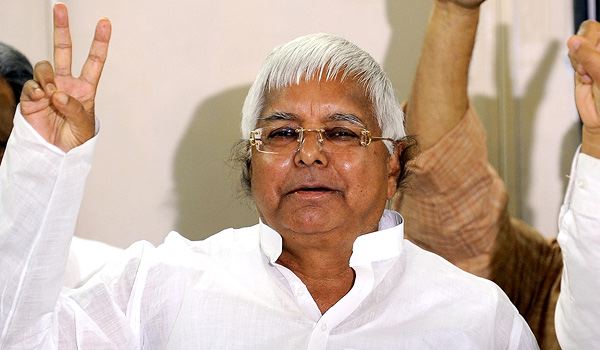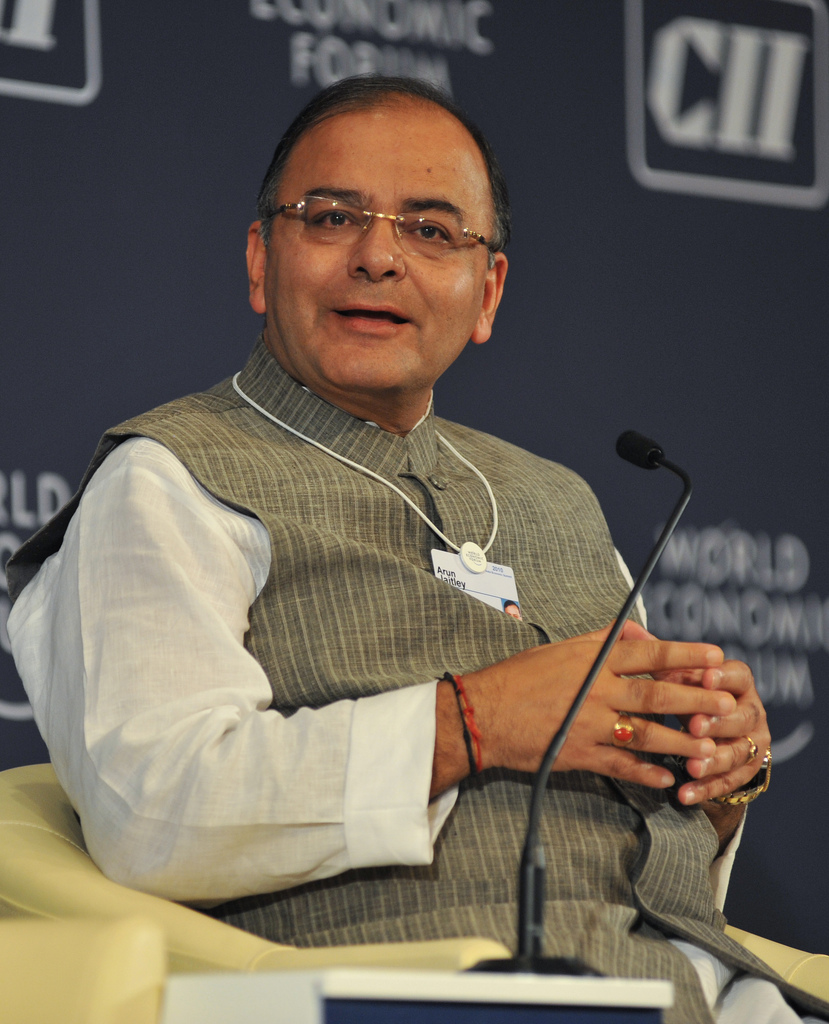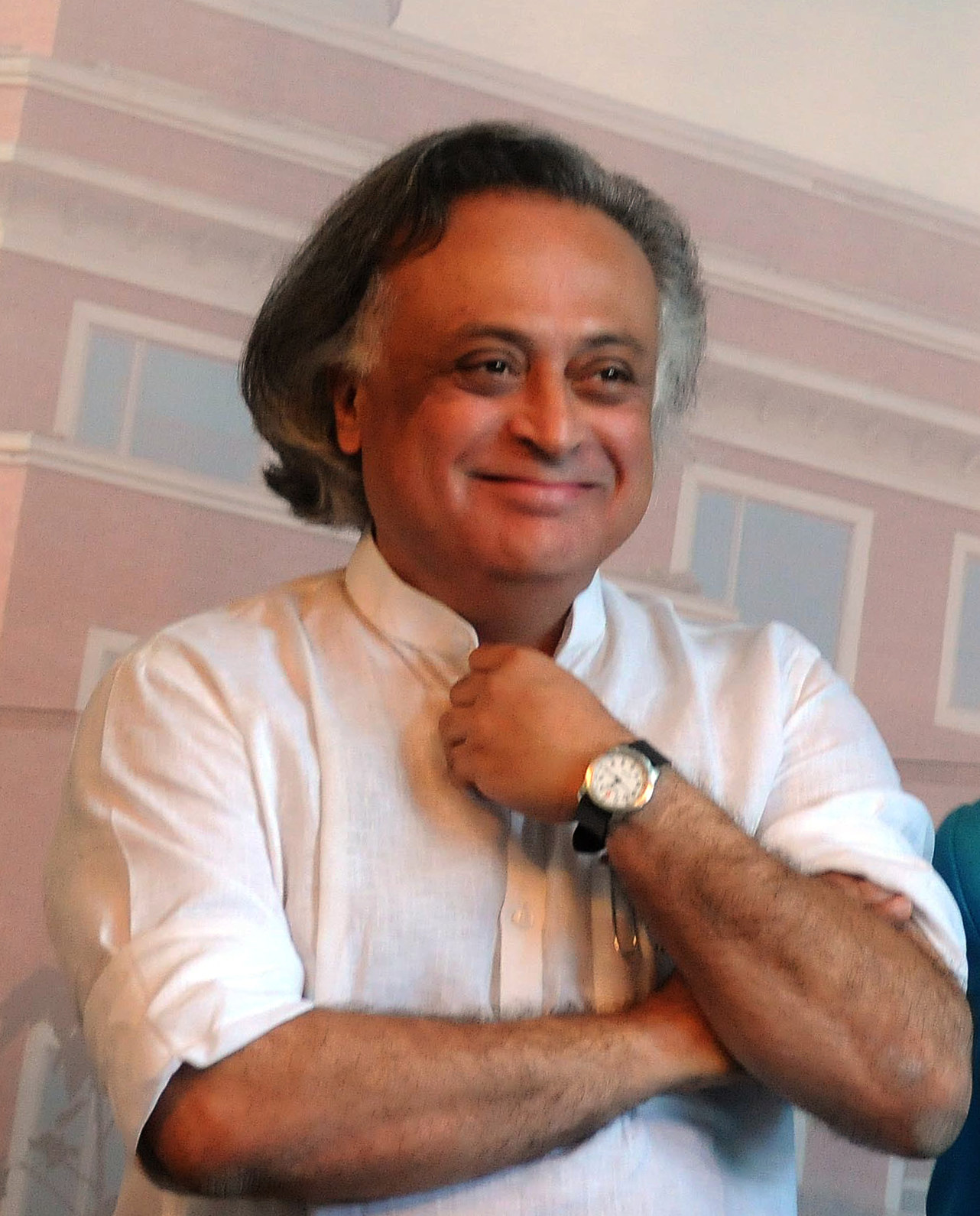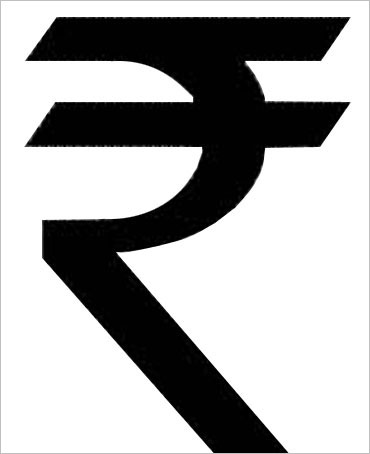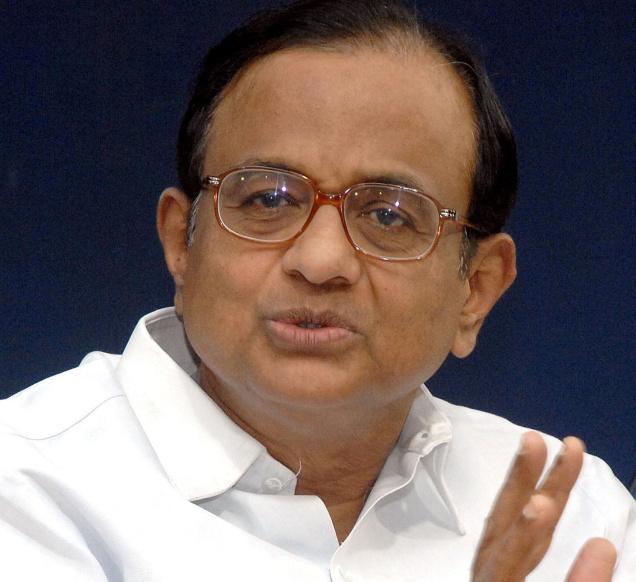Lalu Prasad Yadav has gulped “poison” but is still alive. As he told reporters yesterday: “I want to assure the secular forces and the people of India that in this battle of Bihar, I am ready to gulp everything. I am ready to consume all types of poison. I am determined to crush the hood of this snake, this cobra of communalism.”
The p-word is essentially a metaphor for Lalu accepting that Nitish Kumar, the current chief minister of Bihar, be projected as the chief ministerial candidate in the assembly elections scheduled in the state later this year. The Rashtriya Janata Dal (RJD) leader had resisted Nitish being projected as the chief ministerial candidate until now.
But with Nitish declaring on June 7 that he no longer wanted an alliance with the RJD for the forthcoming polls, Lalu had no other option but to agree to Nitish being projected as the chief-ministerial candidate.
Mulayam Singh Yadav, the president-designate of the proposed new Janata Party, welcomed this decision of Lalu and said: “I am very happy about the unity of Lalu Prasad and Nitish Kumar. Kumar will be the chief ministerial candidate for Bihar. Laluji has proposed Nitish Kumar’s name for the chief ministership. Laluji said he will campaign.”
Lalu may want us to believe that he drank the poison to crush the cobra of communalism, but that is not really the truth. If Lalu had to continue to stay relevant in the years to come he needed to ally with Nitish. He had no other option.
The electoral numbers of the 2014 Lok Sabha polls give us the answer. Data from the election commission shows that the combine of Bhartiya Janata Party (BJP) and Ram Vilas Paswan’s Lok Janshakti Party (LJP) got 36.36 per cent (BJP = 29.86 per cent + LJP = 6.5 per cent) of the valid votes polled during the Lok Sabha elections last year.
The RJD and the Congress Party which fought the elections together got 20.46 per cent and 8.56 per cent of the valid votes respectively. Nitish’s Janata Dal(United)(JD(U)) which fought the elections separately got 16.04 per cent of the valid votes. Hence, the vote percentage of JD(U) + RJD at 36.5 per cent was slightly more than that of the BJP + LJP at 36.36 per cent. Further, RJD+JD(U)+Congress got more votes than BJP + LJP. Nevertheless, since RJD + Congress and JD(U) were not in alliance, these votes did not translate into Lok Sabha seats.
The RJD won only four seats in the state and its alliance partner the Congress party, won two seats. The JD(U) also won only two seats. The BJP on the other hand won 22 seats whereas its partner LJP won six seats.
As is obvious from the data, the LJP won six seats with 6.5 per cent of the votes polled, whereas the RJD won four seats with 20.46 per cent of the votes polled. This was simply because the LJP got its alliance right.
Obviously Lalu understands this electoral math well enough. And given this, he is ready to let Nitish be projected as the chief-ministerial candidate, his initial reluctance notwithstanding.
Interestingly, in the by-elections that happened for 10 assembly seats in August 2014, the JD(U) came together with the RJD+Congress and took on BJP+LJP. The data from the election commission shows that the RJD+Congress+JD(U) got 45.6 per cent of the total votes polled. The BJP+LJP got 37.9 per cent of the votes polled.
Given that, JD(U) was not fighting the elections separately, the votes polled translated into assembly seats as well, unlike the Lok Sabha polls. The RJD+Congress+JD(U) got six out of the ten Assembly seats. Hence, there is some evidence of the alliance working.
Lalu and Nitish have had an “edgy” relationship for the over four decades that they have known each other. Nitish became the chief minister of Bihar in 2005, after managing to dislodge Lalu, who had ruled directly as well as through proxy (through his wife Rabri) for a period of 15 years and brought the state to the point of an economic collapse.
Ironically, for the first half of his political career, Nitish propped up Lalu, even though he knew that Lalu wasn’t fit to govern. Journalist Sankarshan Thakur put this question to Nitish in his book Single Man: “Why did you promote Lalu Yadav so actively in your early years?” he asked.
And surprisingly, Nitish gave an honest answer. As Thakur writes “‘But where was there ever even the question of promoting Laloo Yadav?’ he mumbled…’We always knew what quality of man he was, utterly unfit to govern, totally lacking vision or focus.'” Given this, what Nitish thinks of Lalu is totally on record.
So why then did Nitish decide to support him? “‘There wasn’t any other choice at that time,’ Nitish countered…’We came from a certain kind of politics. Backward communities had to be given prime space and Laloo belonged to the most powerful section of backwards, politically and numerically.'”
It is now Lalu’s turn to return the favour to Nitish. Also, Lalu knows that with the alliance of three parties, his party will have as many seats in the Bihar assembly as Nitish’s JD(U) or probably even more. This will allow him to extract his pound of flesh on the pretext of allowing the alliance to survive. And that is what he is interested in. Hence, what Lalu has drank is an ‘elixir’ and not poison, as he would like us to believe.
The column originally appeared on DailyO on June 9,2015
